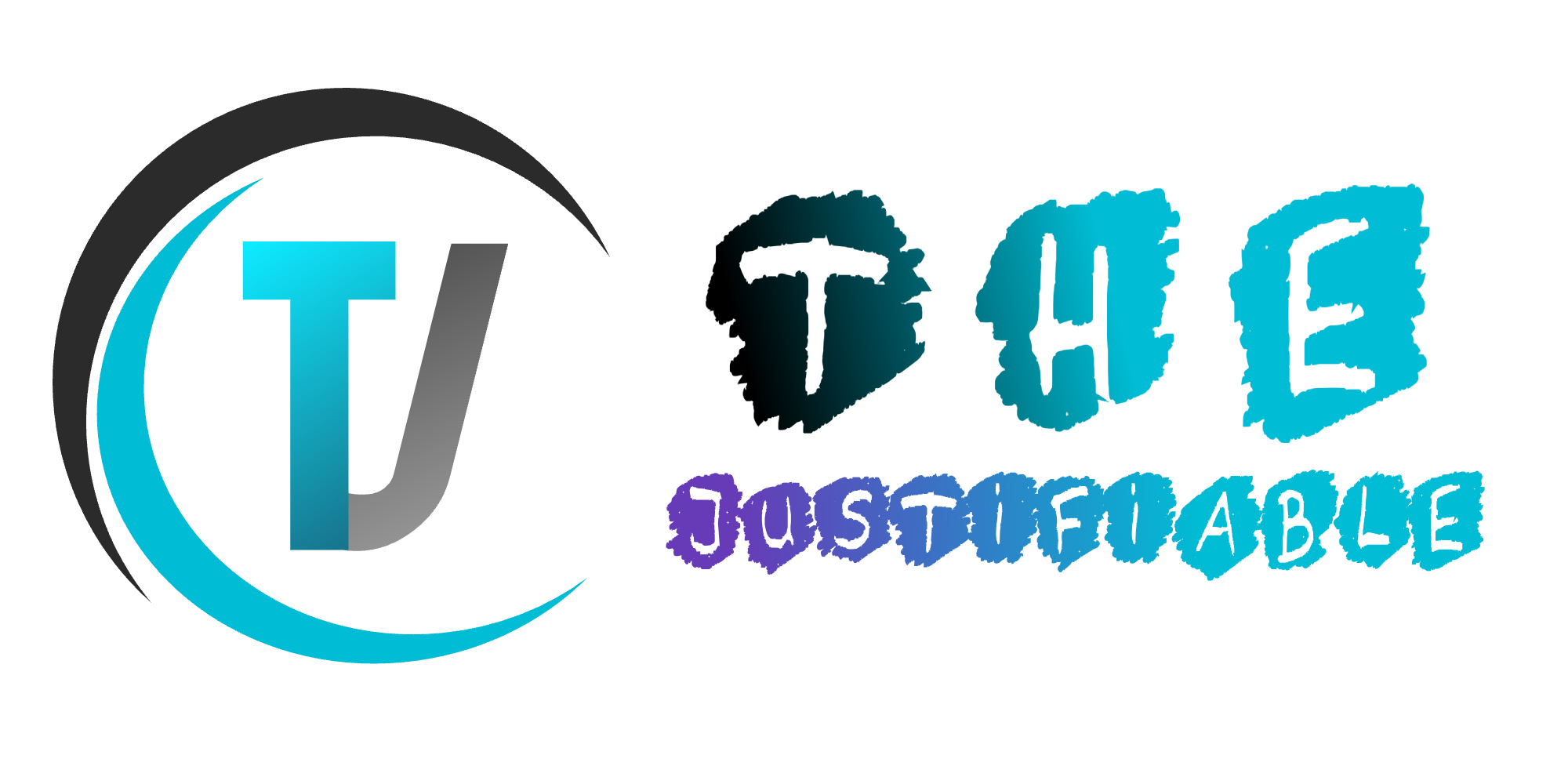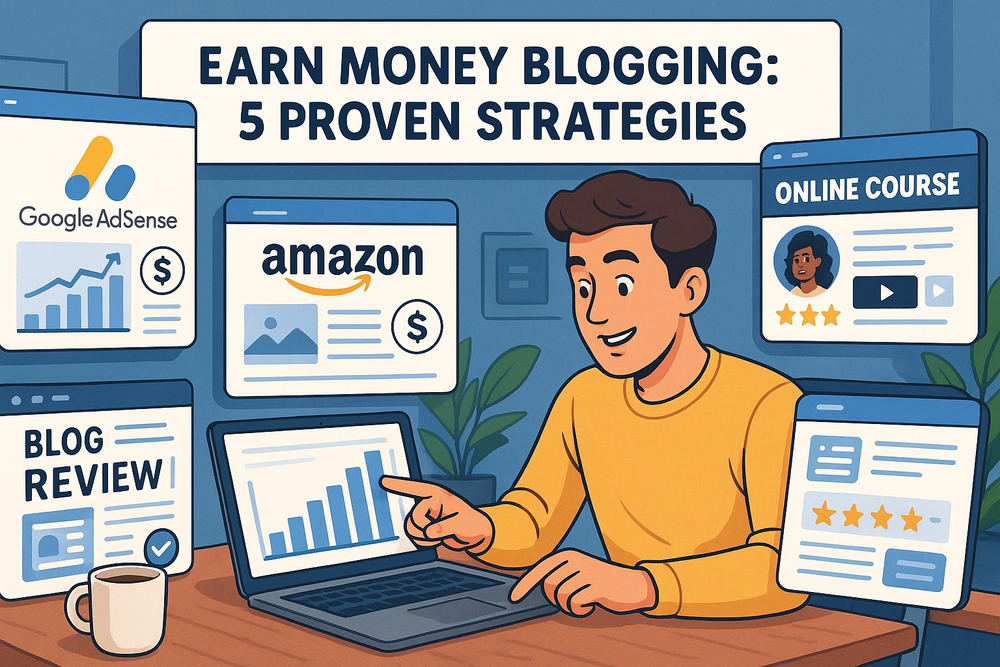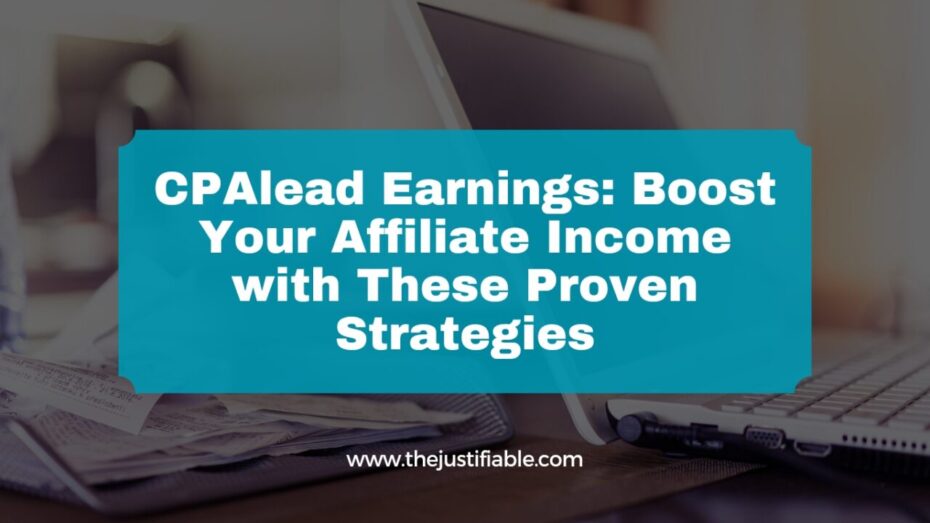Table of Contents
Want to earn money blogging but not sure where to start—or which methods actually work? You’re not alone.
A lot of bloggers spend months writing content, only to see little or no income. Sound familiar? You might be wondering: Should I use ads, affiliate links, or sell something of my own? How do full-time bloggers actually make a living from this?
In this guide, I’ll break down five proven strategies that real bloggers use to turn their content into cash. Whether you’re just getting started or looking to grow your income, there’s a strategy here that can work for you. Let’s dive in.
1. Promote Affiliate Products That Solve Real Problems
If you want to earn money blogging without creating your own product, affiliate marketing is one of the most beginner-friendly ways to start. But here’s the catch: it only works if you’re promoting something your audience actually needs—and trusts.
Choose Programs With High Relevance and Recurring Commissions
The best affiliate programs align directly with your blog’s niche. If you’re writing about personal finance, tools like budgeting apps or investment platforms make sense. What sets high-earning bloggers apart is that they choose programs with:
- A product or service their audience already searches for
- A commission structure that pays monthly (like SaaS tools)
- Reliable tracking and timely payouts
Recurring commission programs like Aweber or Monetag allow you to earn month after month from a single referral. That’s what turns affiliate income from a side hustle into a stable stream.
Build Trust With Honest Product Reviews and Tutorials
People can spot a forced pitch from a mile away. That’s why I recommend writing content that actually helps them make a decision—like comparison posts, walkthroughs, or real-use tutorials. Think:
- “Why I Switched to [Tool] After 3 Years Using [Old Tool]”
- “Step-by-Step: How I Use [Product] to [Solve Specific Problem]”
You’re not just reviewing a tool—you’re sharing your experience. That’s what builds credibility.
Strategically Place CTAs Without Overselling
Affiliate links shouldn’t feel like an ad. Place them where it feels natural:
- Within tutorials
- As text links in blog posts
- In email newsletters
- Below key value-delivery sections (e.g., “Here’s what I use”)
Avoid banner overload or popups. A well-placed recommendation will outperform aggressive promotion every time.
Track Performance to Scale What Converts
Use tools like Pretty Links, ThirstyAffiliates, or even Google Analytics UTM parameters to see which posts and links are driving clicks and conversions. From there, double down on:
- Content that brings traffic and affiliate clicks
- Products that convert at the highest rate
- New affiliate offers in your top-performing blog categories
This is where the growth happens—not from guessing, but from data.
Avoid Common Mistakes Like Promoting Random or Low-Quality Tools
It’s tempting to promote anything with a high payout, but readers will remember if they feel misled. A few mistakes to avoid:
- Promoting tools you haven’t personally used
- Ignoring negative feedback or reviews
- Skipping disclaimers (you can lose trust and get in legal trouble)
Always ask yourself: Would I recommend this to a friend if I didn’t make money from it? If the answer is no, skip it.
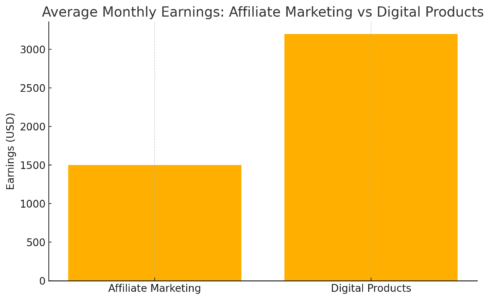
2. Sell Digital Products Tailored to Your Audience’s Needs
Selling your own digital products is one of the most scalable ways to earn money blogging. Once the product is created, you can sell it again and again—no inventory, no shipping, no middleman.
Identify Pain Points and Create High-Value Products
Start by listening. Read your blog comments, run polls, or ask on your email list: What are you struggling with right now? You’ll often uncover opportunities to create:
- Ebooks
- Checklists or toolkits
- Notion templates or spreadsheets
- Online courses or workshops
The key is solving a very specific problem. For example, a blog about minimalist living might offer a “30-Day Digital Declutter Challenge” workbook.
Use Low-Cost Tools to Build and Deliver Ebooks, Courses, or Templates
You don’t need a tech team to launch something valuable. Here’s what I use or suggest for each type:
- Ebooks: Google Docs + Canva + Gumroad
- Courses: Teachable or LearnWorlds
- Templates: Notion or Airtable, delivered via Sellfy or Shopify
Keep it simple at first. You can always improve as you go.
Test Pricing Models: One-Time vs. Tiered or Bundled Offers
Pricing is tricky, and there’s no one-size-fits-all answer. I suggest testing:
- A one-time fee for beginner products
- Tiered pricing (basic, premium, VIP) for courses
- Bundle offers like “Buy 2, get 1 free” or “Starter Pack” deals
You can run A/B tests using tools like ThriveCart or SamCart to see what converts best.
Offer Bonuses or Upsells to Increase Per-Sale Revenue
Small value-adds can make a big difference in revenue. Examples:
- Add a checklist as a free bonus with an ebook
- Upsell a 30-minute consultation alongside a course
- Offer a printable version or desktop/mobile pack for templates
These options also increase perceived value without adding complexity.
Build a Feedback Loop to Improve Future Product Launches
After each sale or launch, ask buyers for feedback. You can use:
- Post-purchase email surveys
- Simple Typeform or Google Form links
- One-on-one email replies
Their insights help you improve the product, spot new opportunities, and even generate testimonials for your landing page.
Quick Insight: According to ConvertKit’s 2024 survey, bloggers who sell digital products average 2x more monthly revenue than those who rely only on affiliate links. It’s a solid long-term strategy if you want more control and higher profit margins.
3. Offer Freelance Services Based on Your Blog Expertise
If you’ve been sharing your knowledge through a blog, there’s a strong chance someone out there would pay you to help them directly. Freelance services are one of the fastest ways to earn money blogging, especially if you already have a loyal readership.
Turn Your Niche Knowledge Into Profitable Services
The most natural starting point is to offer services related to what you already write about. If your blog covers SEO, you might offer keyword research, audits, or content planning. A food blogger might freelance as a recipe developer or food photographer.
The key is alignment. Your blog builds trust, and your services offer a direct solution.
Some examples:
- Tech bloggers offering WordPress or Shopify setup
- Travel bloggers offering itinerary planning or writing services
- Personal finance bloggers offering budgeting consultations
Start small, and refine your offering based on demand and feedback.
Build Authority With Portfolio Pages and Client Testimonials
A strong services page should do more than list prices—it should show results. A few simple additions can boost credibility:
- A visual portfolio with examples of past work
- Screenshots of client results or improvements
- Written testimonials or short video reviews
Even if you’re starting fresh, you can showcase case studies based on your own blog projects or offer free pilot work to early clients in exchange for testimonials.
Create Service Packages That Are Easy to Understand and Book
Avoid overwhelming visitors with too many custom options. Create 2–3 clear packages that include:
- A title (e.g., “SEO Power Audit”)
- What’s included
- Price range
- Delivery time
Simple, clear packages reduce friction and increase conversions. You can always offer a custom quote for complex needs—but most people will want a starting point first.
Use Blog Content to Funnel Visitors Into Your Services
Every blog post is a chance to showcase your skill and gently direct readers to your services. Here’s how you can guide that journey:
- Include a CTA at the end of relevant posts (e.g., “Need help with this? I offer 1-on-1 support.”)
- Create content that directly relates to your services
- Link from high-traffic posts to your services page
You don’t need to sound pushy—just remind people you’re available to help.
Automate the Onboarding Process With Forms and Calendars
To save time and avoid back-and-forth emails, use tools that let people book or apply easily:
- Use Google Forms or Typeform to collect project details
- Connect Calendly or TidyCal to let clients book intro calls
- Create an onboarding checklist and welcome packet
Even simple automations make your services feel more professional—and they free you up to focus on client work.

4. Monetize With Display Ads Without Killing UX
Display ads can bring in passive income, but they can also ruin user experience if not done right. The good news? You can monetize your blog with ads in a way that doesn’t drive readers away.
Choose Between Networks Like Google AdSense, Mediavine, or Ezoic
Each ad network has its pros and trade-offs:
- Google AdSense: Easiest to join, but lower payouts
- Mediavine: Requires 50,000 sessions/month, offers higher RPMs
- Ezoic: No traffic requirement, good for testing ad placements
I recommend starting with AdSense if you’re new, then switching to Ezoic or Mediavine once traffic picks up.
Balance Ad Placement With Site Speed and Readability
Too many ads can slow your site or frustrate readers. A few tips for balance:
- Limit above-the-fold ads to avoid clutter
- Use lazy loading to improve speed
- Test ad density with tools like Google PageSpeed or GTmetrix
Sometimes earning a little less in exchange for faster load times leads to better SEO and happier visitors long-term.
Use Sticky Ads and In-Content Ads Strategically
Instead of stuffing ads into every empty space, try:
- One sticky sidebar or footer ad (non-intrusive but visible)
- One or two in-content ads placed after value-heavy sections
- Avoid mid-sentence or auto-inserted ads that interrupt reading flow
The goal is to keep ads visible but not annoying.
Set Traffic Benchmarks Before Applying to Premium Ad Networks
Higher-paying networks like Mediavine and Raptive require minimum traffic levels. Here’s what to aim for:
- Ezoic: No hard traffic limit, ideal for growing blogs
- Mediavine: 50,000 monthly sessions
- Raptive (formerly AdThrive): 100,000 monthly pageviews
Until you reach those benchmarks, focus on growing search traffic and content depth.
Diversify With Direct Ad Sales for Higher Control
Once your blog has consistent traffic and a niche audience, you can pitch direct ad deals. This usually brings in more income than automated networks.
You could offer:
- Sponsored posts
- Banner placements
- Newsletter mentions
Create a media kit that outlines traffic, audience data, and pricing. You can build this using Canva or templates from sites like Muck Rack or Contently.
Expert Tip: Bloggers who treat ads as part of a bigger strategy—balancing speed, content, and user intent—see better long-term results. One client I worked with increased ad revenue by 40% just by reducing ad clutter and improving mobile performance.
5. Launch a Paid Membership or Private Community
If you’re looking for a reliable way to earn money blogging long-term, building a paid membership or private community can offer consistent, recurring revenue. The key is to create something that genuinely adds value beyond your free content.
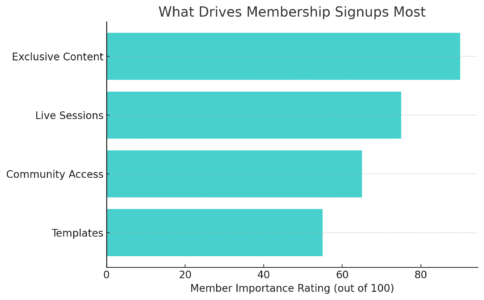
Define What Members Will Get That Free Users Don’t
The first step is to draw a clear line between what’s free and what’s paid. Think of your blog as the appetizer—your membership is the full course. You need to give people a reason to pay, and that reason should be crystal clear.
Consider offering:
- Exclusive articles or deep-dive guides
- Weekly or monthly Q&A sessions
- Access to a private forum or Discord server
- Early access to content or templates
- Member-only discounts, perks, or coaching
The value should feel obvious and worthwhile—something readers can’t easily find elsewhere.
Use Tools Like Patreon, Buy Me a Coffee, or MemberPress
You don’t need to build your own platform from scratch. Several tools make it easy to launch and manage a membership:
- Patreon: Great for content creators who want tiered support and community interaction. Easy to set up with low friction for fans.
- Buy Me a Coffee: Best for creators offering simple perks like downloads, shoutouts, or bonus content. More casual, less structured.
- MemberPress: A powerful WordPress plugin that lets you build gated content directly into your site, ideal if you want full control and branding.
Each tool has its own vibe. Choose one that fits how you want to engage with your audience.
Offer Monthly Live Sessions, Templates, or Behind-the-Scenes Content
What really hooks people into memberships is access to things they can’t get anywhere else. That usually means connection, convenience, or exclusivity.
Ideas to explore:
- Monthly Zoom Q&As or themed workshops
- Access to a template or resource library updated regularly
- Behind-the-scenes content (how you run your blog, build products, etc.)
- Guest expert sessions
- Accountability check-ins or progress challenges
People want to feel like they’re part of something—and not just another subscriber.
Leverage Scarcity and Social Proof to Drive Signups
To boost signups, show both urgency and trust. Scarcity creates a sense of timing, while social proof shows others are already getting value.
Ways to do this without being pushy:
- Offer a founding member discount for the first 25 or 50 signups
- Display testimonials or success stories from current members
- Share screenshots of active conversations or wins inside the community
- Set enrollment windows (e.g., “Join only during the first week of each month”)
Let potential members see what they’re missing—and why it’s worth joining now.
Keep Engagement High With Ongoing Value and Feedback Loops
A membership doesn’t run itself. People stay when they feel heard, supported, and consistently surprised with new value.
Here’s how to keep things fresh:
- Run monthly polls to ask what members want next
- Rotate your content themes (e.g., Week 1: Live call, Week 2: New template, etc.)
- Spotlight active members or their successes
- Create a suggestion box for new ideas
Engagement doesn’t always mean more content. It’s about staying relevant, building real relationships, and listening actively.
Quick Insight: According to a 2023 Podia survey, creators with memberships average 4–6x more revenue than those relying on one-off sales alone. The power is in retention—and community.
Pro Tip: Start Simple, Then Scale What Works
You don’t need to master every method overnight to earn money blogging. In fact, the best results often come from focusing on just one strategy at a time, testing what resonates with your audience, and improving as you go.
If you’re not sure where to begin, start with the approach that feels most natural based on your strengths:
- If you love teaching, try creating a digital product or launching a course.
- If you enjoy building community, consider a paid membership or private group.
- If you’re already writing helpful content, affiliate marketing might be your fastest win.
Track what works, ask for feedback, and stay flexible. I’ve seen bloggers go from zero to full-time income just by listening closely to what their audience needs—and then offering it in a clear, valuable way.
You don’t need a huge following to get started. What you do need is clarity, consistency, and the willingness to serve your audience in a way that helps them win.
If you’re in this for the long game, keep experimenting, stay honest, and build something people genuinely want to be part of. That’s how real blogging income grows.

